Overcoming operational hurdles with RAIN RFID - Christie Lites knows how to light up a stage. The Orlando, Florida-based global lighting equipment rental company has been illuminating venues — from intimate theaters to 10,000-plus-seat stadiums — since 1985 with their robust inventory of stage lights and related equipment. How Impinj RAIN RFID Readers transformed Christie Lites’ Operations, a global lighting equipment rental company boosted efficiency with asset tracking solutions from Barcode Technologies and Impinj. Their massive collection includes hundreds of thousands of items per warehouse, ranging from small connectors and cords to high-end lights costing thousands of dollars apiece. While Christie Lites excelled at putting performers in the spotlight, it struggled with aspects of its barcode-based inventory management system that was slowing down its busy team. Every time crews returned to the warehouse after a big show, it would take four employees more than eight hours on average to manually scan the barcodes on every cord, spotlight, dimmer, and strobe as they were unloaded from trucks and checked in. The system was more than slow; it had a high potential for human error. If an employee forgot to scan a piece of equipment at check-in, for example, it would show up as missing, and its actual location — in another vendor’s truck, somewhere in the massive warehouse, or left behind at the venue — was anyone’s guess. Christie Lites needed a faster, more reliable way to keep track of its inventory and ensure every item was returned. Using its Coventry, England, warehouse as a test case, company leaders decided to modify its existing inventory tracking solution to incorporate RAIN RFID tags and readers. They turned to Impinj partners Barcode Technologies and Beontag, for help. By fully automating a formerly manual check-in process, RAIN RFID gave Christie Lites the ability to: Increase efficiency and reduce errors Gain real-time visibility
Welcome
Barcode Technologies Ltd is UK's leading provider of products & solutions in barcode & RFID data capture and AutoID and mobile computing systems with comprehensive range of Barcode printers, Barcode scanners, complete software solutions to address all your automatic identification and data capture and critical data management needs to maximise efficiency and profitability for your company.
As a total solutions provider, Barcode Technologies offers a full range of wireless solutions, PDA / mobile computers, Barcode scanning equipment, Barcode printers, ID card printers, Barcodes verifiers, Barcode labels, Barcode printer ribbons, RFID printers, RFID tags and RFID readers. We aim to offer our customers best value and prices, with fast delivery with same day shipping and easy to use website.
READ MORE
-
-
Rugged Mobile Computers
P/N: TD98I2DI51XB
 0 in stock
0 in stockMore available on request
£1,458.42 (ex VAT) Add to cart -
Rugged Mobile Computers
P/N: TD99I4DI5CXX
 0 in stock
0 in stockMore available on request
£1,839.75 (ex VAT) Add to cart
-
Barcode Ribbons
P/N: 02300GS11007
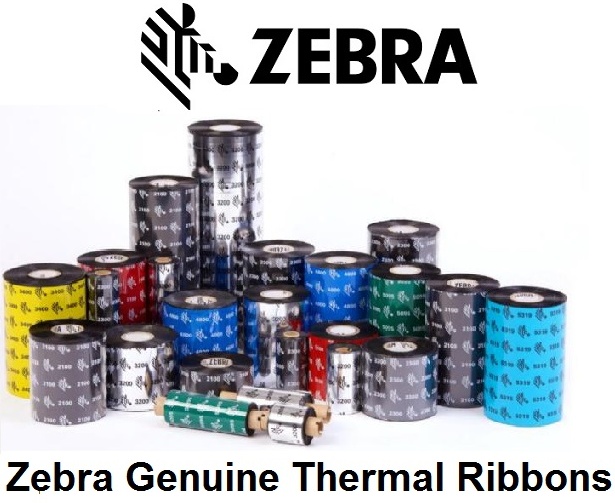 53 in stock
53 in stockMore available on request
£45.72 (ex VAT) Add to cartZebra ZipShip 2300 Thermal Transfer Ribbon, 2300 Wax, for desktop-printers, roll-width:
-
Barcode Labels
P/N: 800273-205
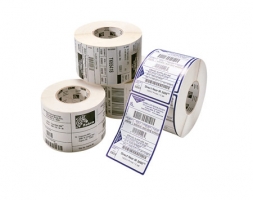 1 in stock
1 in stockMore available on request
£159.78 (ex VAT) Add to cartZebra Z-Select 2000T, label roll, normal paper, 76x51mm
-
ID Card Supplies
P/N: 104523-111t
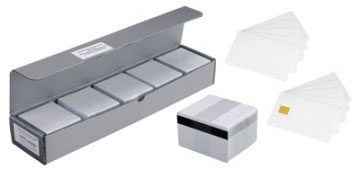 0 in stock
0 in stockMore available on request
£4.94 (ex VAT) Add to cartZebra Premier Card
-
EPoS Accessories
P/N: ST-BE105-2-UEVL-MB1
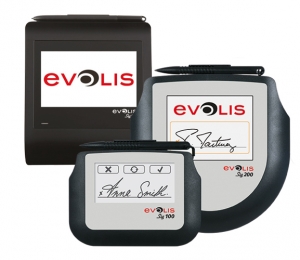 0 in stock
0 in stockMore available on request
£221.25 (ex VAT) Add to cartEvolis Sig100 Bundle, 10.5 cm (4')
-
Handheld Barcode Scanners
P/N: LS2208-SR20007R-UR
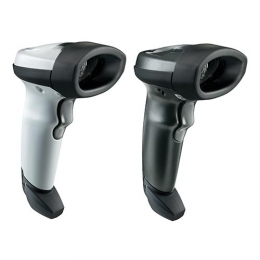 877 in stock
877 in stockMore available on request
£88.04 (ex VAT) Add to cartZebra LS2208, 1D, SR, multi-IF, kit (USB), anthracite
-
ID Card Printers
P/N: LPS028NAA
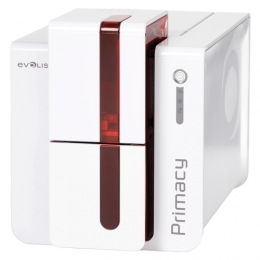 0 in stock
0 in stockMore available on request
£66.25 (ex VAT) Add to cartEvolis clear patch






































































































































